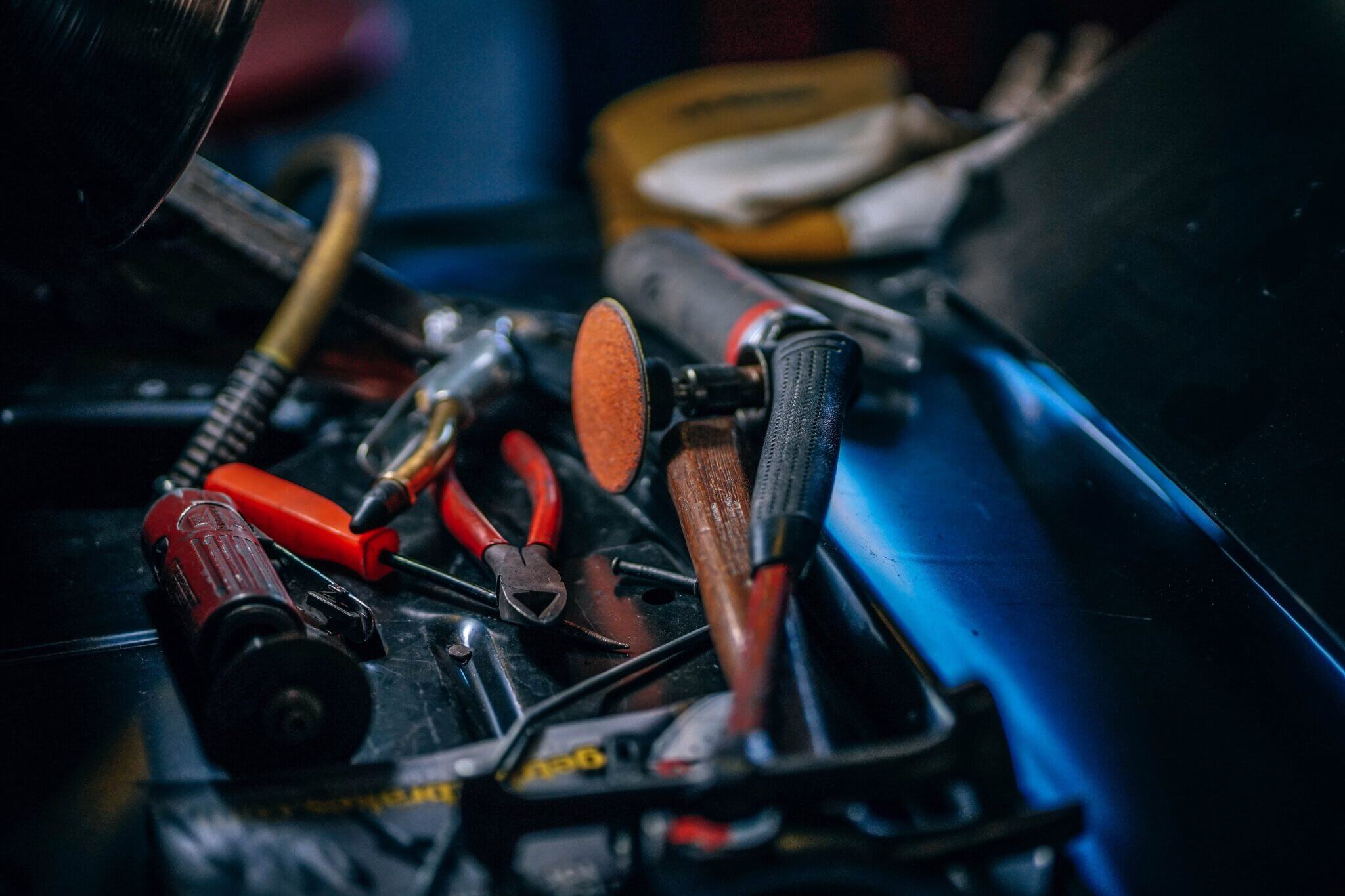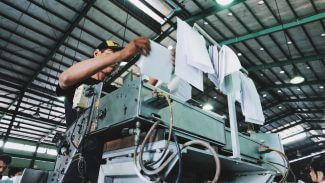RESOURCES // BLOG // Vacation Interruptus – and the Value of Preventative Maintenance
- Preventative Maintenance
Vacation Interruptus – and the Value of Preventative Maintenance
I have always been fascinated with industrial automation. In fact, I started off my university career as an Industrial Engineering major. Eventually, I changed course and earned an Electrical and Computer Engineering degree.
What continues to interest me – albeit only as a fan – is the way that true experts can derive huge benefits through seemingly small changes operational processes. These folks work continuously to figure out how to make an entire operation more efficient. Sometimes, even more importantly, how to keep it running without unplanned downtime.
When I think of unplanned downtime, I remember a personal situation from four years ago. I sometimes use this story to illustrate the value of preventative maintenance. How imperative to have a solid plan in place with a reputable service partner.
There I was – enjoying a romantic getaway with my wife in the Blue Ridge mountains of North Carolina. It was beautiful and peaceful, and a wonderful place for a hike, a mountain bike ride and long scenic drives.
Hope For the Best, Prepare for the Worst
But, while we were relaxing with a glass of wine on the deck of the log cabin where we were staying, I received a phone call. It was my 20-year-old daughter. Her car had broken down on the way home in North Carolina after visiting some friends in Charleston, SC.
Now she was driving a well-travelled Volkswagen Beetle. It had about 90,000 miles on it. While these aren’t known as the most reliable vehicles on the planet, they run pretty well if you take care of them. Consequently, I had spent countless hours educating her on maintaining her vehicle. Read: changing the oil regularly.
As it turns out, my daughter’s car had run out of oil. The engine had completely seized, stranding her on the side of the road in a small South Carolina town.
And that’s how a romantic getaway with my wife became a rescue mission that included driving for nearly nine hours and more than 450 miles.
Now, we still have not determined exactly what caused the engine oil to mysteriously vanish. But, we believe it combined poorly executed oil change (a missing plug) and an engine that routinely burnt through oil.
The moral of the story? Without the value of preventative maintenance weighed, and a routine check performed regularly by a skilled service partner, you might end up like I did – with a significant interruption to your operation due to unplanned downtime.
More Market Research
Recently, Bell and Howell commissioned a market study on how the mailing industry views the cost of operational downtime. The result?
More than 625 professionals responsible for commercial mail operations participated, reporting their issues related to downtime. Among other things, the questions assessed their primary concerns regarding downtime, as well as the number of downtime incidents faced in a year. Furthermore, participants shared how downtime negatively impacts their customer experience. Also, how they combat, or plan to combat it, with preventative maintenance and other proactive efforts.













